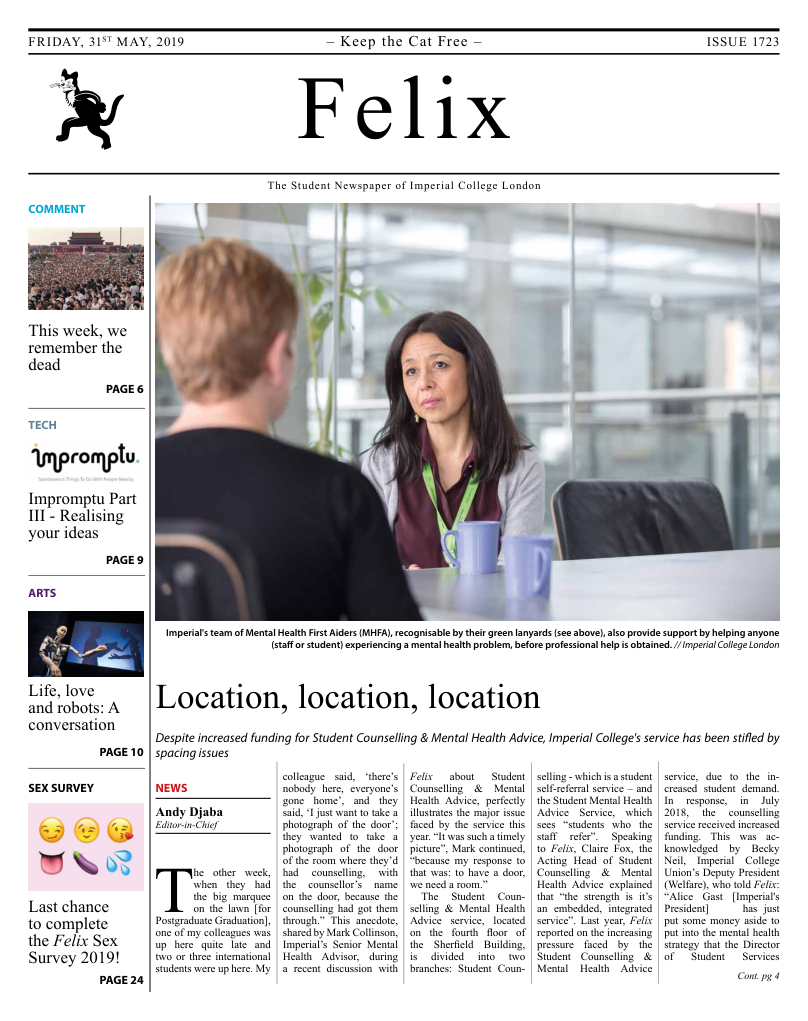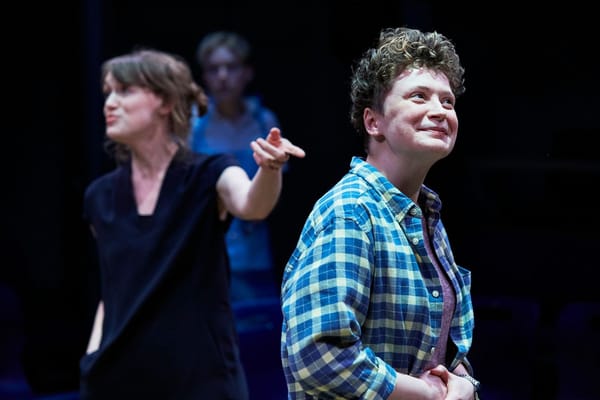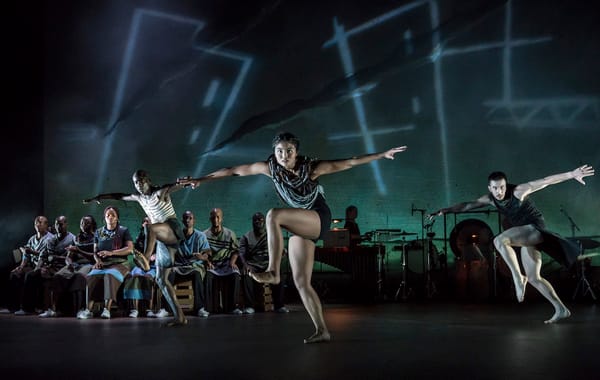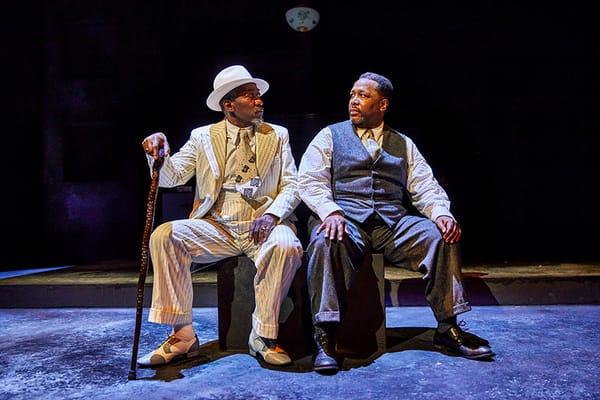Dog Without Feathers
By the Deborah Colker Dance Company

Transport yourself to the dried-out Capibaribe River in north-eastern Brazil, where ‘crab men’ covered in mud desperately try to survive the harsh, violent environment. Where water is scarce and life is returned to its primal origins, Dog Without Feathers is a virtuostic dance production by the award-winning choreographer Deborah Colker. Based on Joao Cabral de Melo Neto’s poem Dog Without Feathers, the experimental dance-cum-film embodies the poem in movement, whilst combining classical, contemporary and ritualistic dances in an intense and passionate manner. It brings even the desolate, cracking landscape into motion, in a spectacular fashion I did not know possible.
The visceral performance immerses the audience into life on the edge, with the mythology of people living on Brazil's Capibaribe River seamlessly intertwined with suffering and tragedy. With the dancers’ skin-coloured costumes and mud-slicked hair, their dehumanisation is embodied through their primal passion. Their contrasting anguish and exuberance speaks of our dependence and careless disregard for nature and our environment, whilst also highlighting the inequalities of Brazilian life. Through this, Colker effectively conceptualizes both geographical and human nature. The performance speaks to a deeper part of the audience’s soul, asking us to contemplate the inconceivable and unimaginable aspects of the human condition.
We were brought on a journey from the dried-out river banks, to a lone crab, to the sugarcane plantations, and to a mangrove teeming with life. The simple set design and black-and-white film reflected the empty and deprived landscape, allowing us to focus on the dancers themselves. This was exemplified by the lighting design that cast brilliant and effective shadows, transporting us into a different world.Within each movement, the dancers were intense and powerful, moving in perfect synchrony to embody the scene and bring the audience on an adventure as the poem was transversed. The beautiful, fluid shapes created by the dancers were deliberately in contrast to their perfectly timed and harsh movements. This highlighted the guttural nature of these communities that were in perfect synchrony with the raw beauty of nature.
Whilst filled with passion and drama, there were points where some of the intense energy lost its way and seemed to drag on. Perhaps this was intentional, reflecting the people’s return to basic requirements and the loss of energy as their struggled to survive the long days and months. However, it also took away from the captivating world they had worked so hard to transport us to. Nonetheless, the world created is a one that left us contemplating human nature and our environment.
Overall, I was pleasantly surprised at how effective dance is as a communication tool that transcends all languages and practices, and gave me a newfound appreciation of the ways in which we can express ourselves. The performance beautifully combined cinema, poetry, music and dance to transport the audience into a different, enthralling world. At the same time, it effectively delivered a pertinent message on humanity and nature, and left us reflecting on our own lives and practices.
-4 stars









